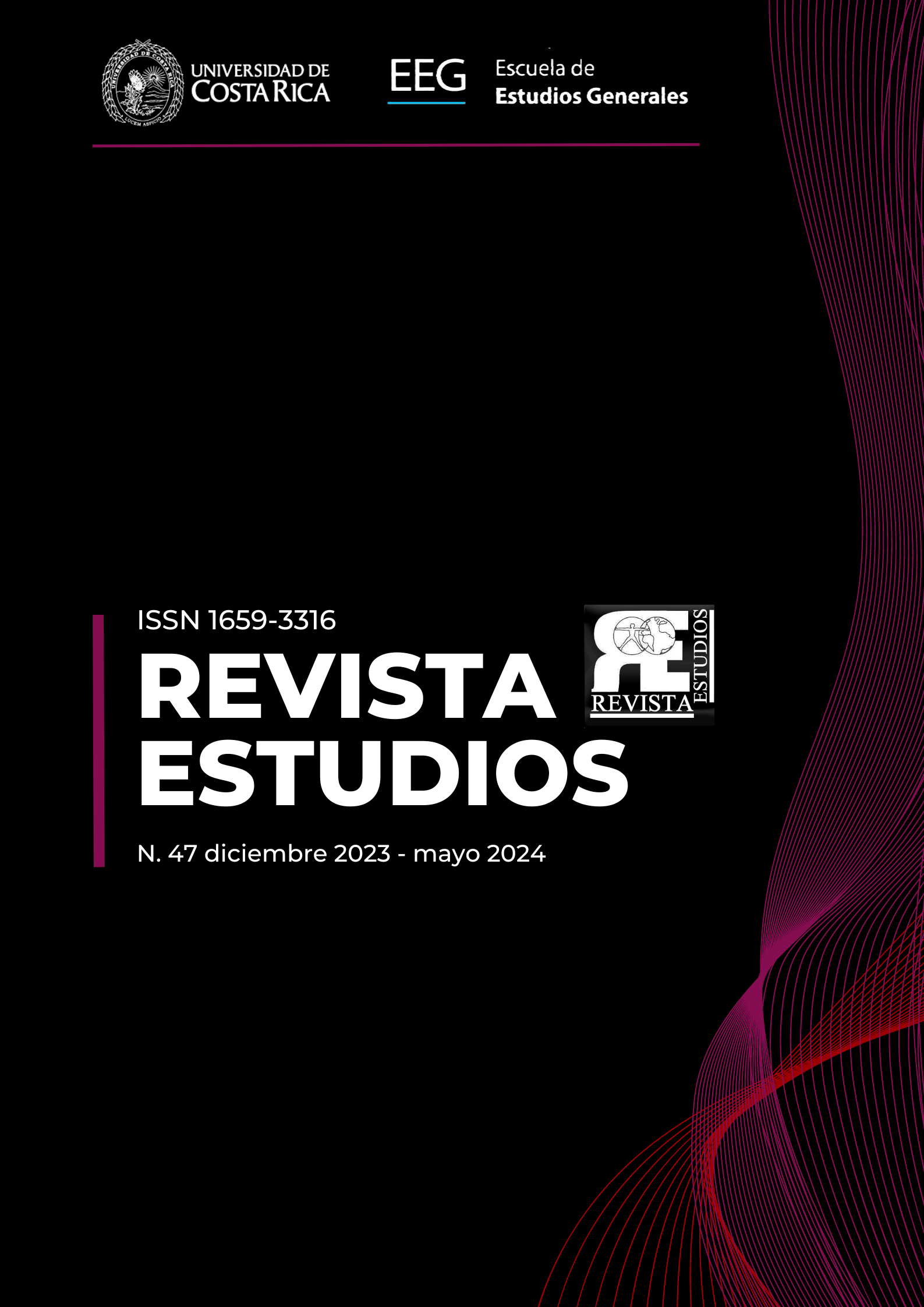Abstract
The Chorotega pottery, protected as intangible cultural heritage and under a designation of origin (DO), faces the challenge of its commercialization in the market. This article addresses the analysis of authenticity within this context, aiming to establish a methodology for managing authenticity directed towards the actions of the Regulatory Council. It examines how the DO, focused on an essentialist authenticity, might limit the understanding of other authenticities present in the cultural practice of pottery, without fully considering the dynamics and evolution of craft production. Throughout the text, a perspective is proposed that evaluates key variables to define action strategies that allow the reconciliation of commercial promotion with respect for the diverse facets of authenticity present in ceramic production. This methodological proposal seeks to balance market needs with the preservation of the cultural richness inherent in the ceramic tradition.
References
Aguado Quintero, L. F., Palma Martos, L., and Pulido Pavón, N. (2017). 50 Años De Economía De La Cultura. Explorando Sus Raíces En La Historia Del Pensamiento Económico. Cuadernos De Economía, 36 (70), 197-225. https://doi.org/10.15446/cuad.econ.v36n70.53813
Aguado Quintero, L. F., Palma Martos, L. (2012). Una interpretación metodológica sobre la incorporación de los bienes y servicios culturales al análisis económico. Lecturas de Economía, (77), 219-252. http://www.redalyc.org/articulo.oa?id=155226077001
Belhassen, Y., Caton, K., Stewart, W. P. (2008). The search for authenticity in the pilgrim experience. Annals of Tourism Research, 35(3), 668-689. https://doi.org/10.1016/j.annals.2008.03.007
Besharov, G. (2005). The Outbreak of the Cost Disease: Baumol and Bowen's Founding of Cultural Economics. History of Political Economy, 37 (3), 412-430. https://doi.org/10.1215/00182702-37-3-412
Calderón Castro, J. A. (2021). Del Patrimonio Cultural a las Manifestaciones Patrimoniales: Una Aproximación Fenomenológica al Patrimonio: Intervención al Proceso de Patrimonialización de la Cerámica Chorotega en Costa Rica [ProQuest Dissertations Publishing]. https://search.proquest.com/docview/2652595315
Chhabra, D. (2010). Back to the past: A sub-segment of Generation Y's perceptions of authenticity. Journal of Sustainable Tourism, 18(6), 793-809.
Gobierno de Chile. (2012). Cultura y economía I. Publicaciones Cultura. https://www.cultura.gob.cl/wp-content/uploads/2012/12/cultura-y-economia1.pdf
Guevara, I. (2008). Guaitil: pasado, presente y futuro de la cerámica Chorotega. Herencia, 21(1), 39-45. https://revistas.ucr.ac.cr/index.php/herencia/article/view/10049
Johnson‐Ortiz, A. (2005). Appreciating the “Work” in Artwork: Handmade Ceramics from San Vicente de Nicoya, Costa Rica. Anthropology of Work Review, 26(2): 28-33. https://doi.org/10.1525/awr.2005.26.2.28
Medina, L. K. (2003). Commoditizing culture: Tourism and Maya identity. Annals of Tourism Research, 30(2), 353–368. https://doi.org/10.1016/S0160-7383(02)00099-3
Autor o sin autor. (2013). Pliego de Condiciones Denominación de Origen de la “Cerámica Chorotega”. Costa Rica.
Trilling, L. (1972). Sincerity and authenticity. Harvard University Press.
Wang, N. (1999). Rethinking authenticity in tourism experience. Annals of Tourism Research, 26(2), 349-370. https://books.google.co.cr/books?hl=es&lr=&id=Xemh8kc2YZYC&oi=fnd&pg=PA210&dq=Wang,+N.+(1999).+Rethinking+authenticity+in+tourism+experience.+Annals+of+Tourism+Research,+26(2),+349-370.+&ots=WFVH7c0ysE&sig=hCNO379ZEnXDXsV8F_iunpdZuKw#v=onepage&q=Wang%2C%20N.%20(1999).%20Rethinking%20authenticity%20in%20tourism%20experience.%20Annals%20of%20Tourism%20Research%2C%2026(2)%2C%20349-370.&f=false
##plugins.facebook.comentarios##

This work is licensed under a Creative Commons Attribution-NonCommercial-ShareAlike 4.0 International License.
Copyright (c) 2023 Jenny Andrea Calderón-Castro y Leonardo Garro-Mena


